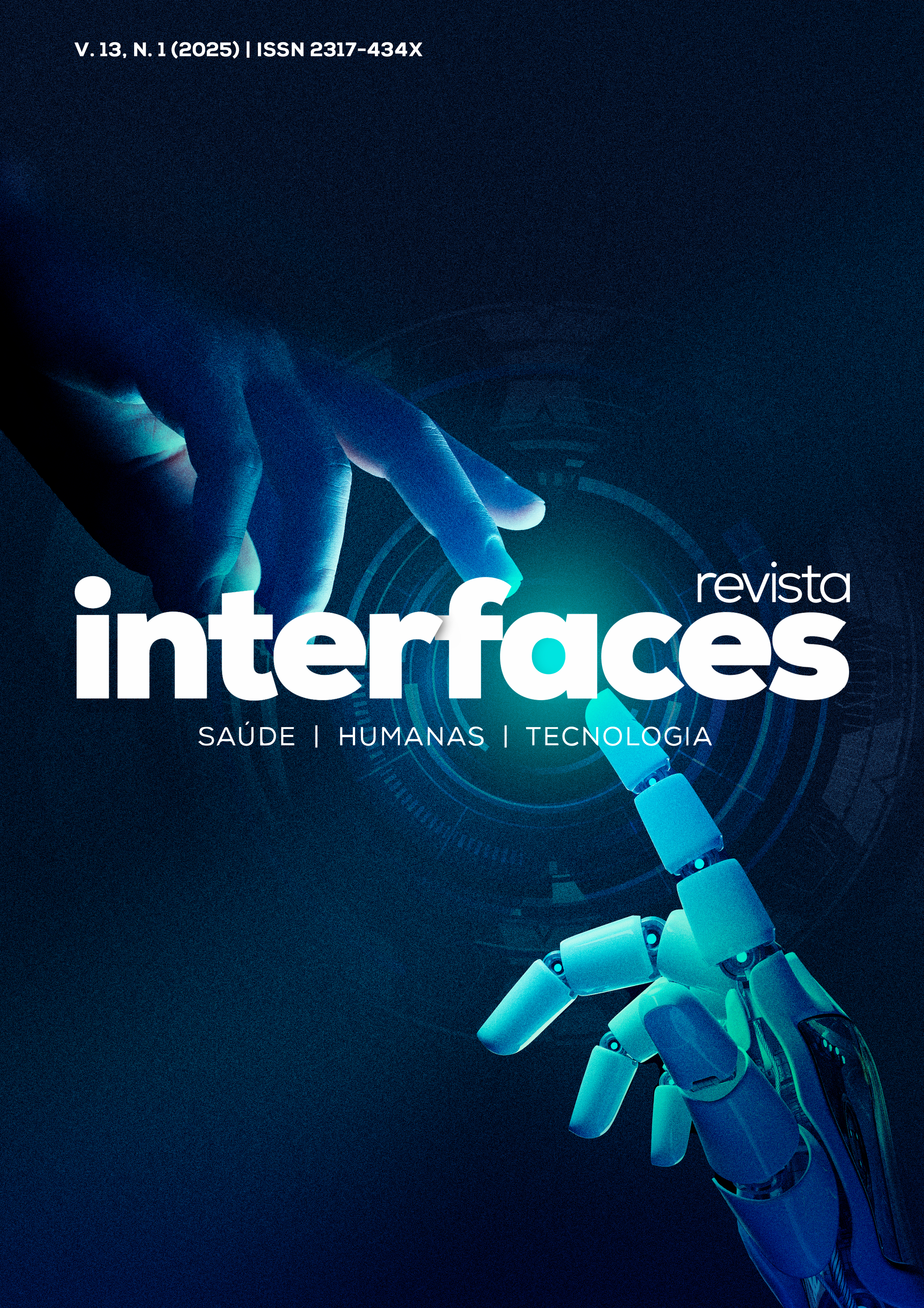IN SILICO STUDIES FOR THE IDENTIFICATION OF POTENTIAL INHIBITORS AGAINST THE CCR2 ASSOCIATED WITH THE INFLAMMATORY PROCESS CAUSED BY CHIKUNGUNYA VIRUS
DOI:
https://doi.org/10.16891/2317-434X.v13.e5.a2025.id2339Keywords:
Chikungunya; CCR2; Triagem virtual.Abstract
Chikungunya fever (CHIKF) is caused by the Chikungunya virus (CHIKV), transmitted through the bite of infected female Aedes aegypti and Aedes albopictus mosquitoes. The chronic phase of this disease is marked by the presence of persistent joint pain due to the expression at high levels of the chemokine CCL2 and its chemokine receptor type 2 (CCR2). Binding of the receptor with its chemokine mediates chemotaxis and induces migration of inflammatory cells, which contributes to the inflammatory condition. Hence, inhibitors that block the interaction between CCR2 and CCL2 have been expected to become a new therapeutic mechanism for inflammation-related diseases. The objectives of this work were to conduct a hierarchical virtual screening using the ZINC15 natural product database. The CCR2 model was constructed in MODELLER server, and available in SWISSMODEL server. Pharmacophore models were constructed in GALAHAD module using inhibitors extracted to ChEMBL. Only 181 compounds for ZINC15 align to the pharmacophore model. Using FRED program the compound was ranked by molecular affinity with CCR2. Molecular dynamics was conducted in order to be analyzed for the pattern of intermolecular interactions and the stability of the complex under conditions that approximate the biological environment. The results obtained in the in silico approaches showed that the compound ZINC000225476190 presents an interesting pattern of intermolecular interactions, as well as good stability in the dynamic complex, configuring a promising molecule.

